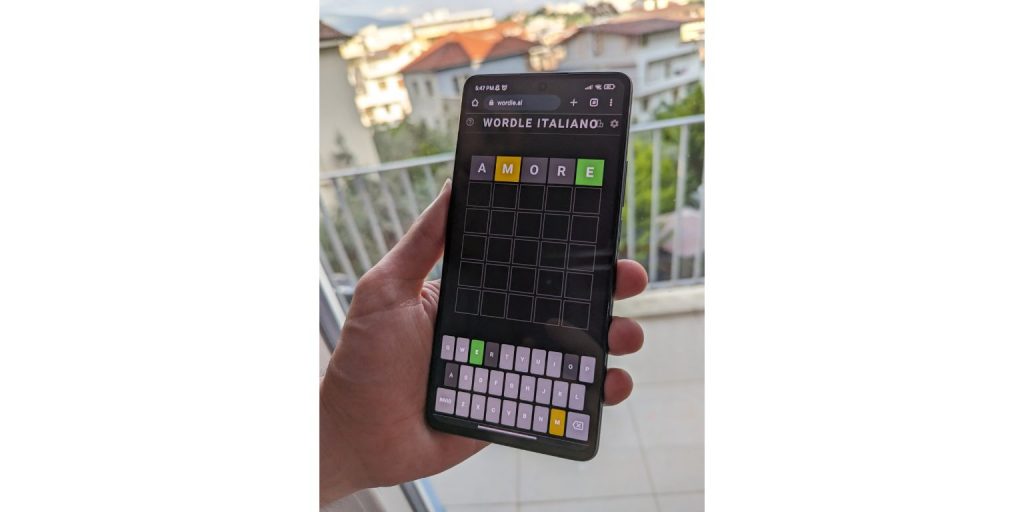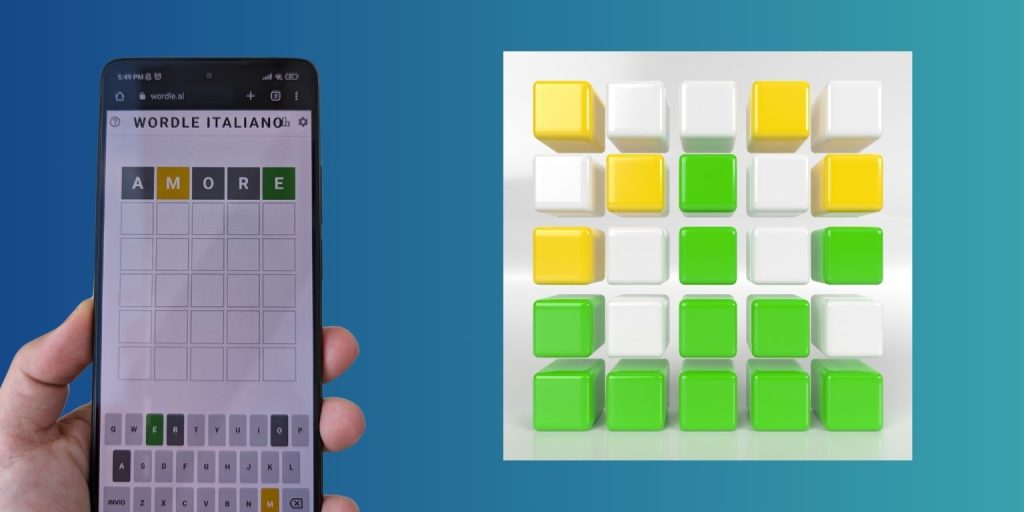Wordle is simple—guess a five-letter word in six tries. But winning consistently? That takes more than luck. If you want to improve your daily score, build a streak, or just solve puzzles faster, this guide gives you 10 useful tips to play smarter. Whether you’re new to Wordle or stuck in a guessing rut, these strategies will help you get better results with fewer tries.
1. Start With a Balanced Word (Like “Slate” or “Crane”)
A good starting word gives you early feedback. Use one that includes common vowels and common consonants. Avoid words with rare letters like Q or Z in your first guess.
Examples of strong starters:
- Slate
- Crane
- Adieu (great for vowel checking)
- Trace
These words help uncover both vowels and popular consonants right away.
2. Use Letter Frequency to Guide Your Guesses
In English, some letters show up more than others. E, A, R, T, O, and N are very common. Early guesses should include those letters first. This gives you a better chance of hitting something useful quickly.
Once you start narrowing down letters, switch to less common ones only when needed.
3. Eliminate Letters Logically With Each Guess
Guessing random words without a plan wastes your chances. Wordle is about collecting information with every guess, even if you don’t find the correct word right away. Your first few guesses should help you test as many new letters as possible, not just shoot in the dark.
After your first word, avoid reusing letters that were already marked gray—those are confirmed not in the word. Use your second guess to include completely different common letters. This increases the chance of discovering new yellows or greens.
If you find a yellow letter, use it in a new spot in your next try. The goal is to figure out where that letter belongs. On the other hand, if you get a green tile, keep that letter in the same position in your future guesses to lock it in and confirm it’s correct.
Each guess should help you eliminate what doesn’t work and confirm what might. Even when you don’t get a hit, that guess gave you clues. That’s what makes Wordle winnable—not luck, but logic.
4. Position Matters—Watch Green and Yellow Clues
Green means the letter is correct and in the right place. Yellow means it’s in the word but in the wrong spot. Use both clues to your advantage.
Move yellow letters to new positions in your next guess. Keep green ones locked in. The faster you lock down correct placements, the better your chances of solving early.
5. Avoid Guessing the Same Letter More Than Needed
One of the easiest mistakes in Wordle is repeating letters that have already been ruled out. If a letter shows up as gray in a previous guess, it means it’s not in the word at all—so there’s no reason to try it again. Repeating known wrong letters only wastes a valuable guess.
Be especially careful with double letters. Many words have repeated letters, but it’s better to confirm a single instance of the letter first. For example, don’t guess a word like “boost” unless you already know there’s one “o” in the word. Otherwise, you’re testing the same letter twice when you could be testing something new.
Each guess should bring in new letters until you’re down to just a few choices. At that point, you can take safe risks with repeated letters—but not before. Smart guessing means covering more ground, not circling back.
6. Use Word Patterns You Know (Like _IGHT, _OUND)
When you know a few letters, try plugging them into patterns that fit common words. These patterns help you make smart guesses instead of random ones.
Examples:
- _ight: might, right, sight
- _ound: sound, round, bound
- _ake: stake, shake, brake
Pattern knowledge helps when you’re down to 3 or 4 letters and need to finish quickly.
7. Save Unusual Letters (Z, Q, X) for Later
Some letters show up far less often in English words, and Wordle is no exception. Letters like Z, Q, X, and J are uncommon in most five-letter solutions. That’s why it’s better to leave these out of your early guesses.
Your first two or three tries should focus on high-frequency letters like E, A, R, S, and T. These give you more useful clues and increase the odds of finding part of the answer. Throwing in a word like “zesty” or “jumbo” too soon might feel bold—but it’s not strategic unless you already have reason to think one of those rare letters is part of the answer.
Only start guessing with rare letters when most of the common ones are ruled out, or if the pattern of your green and yellow tiles clearly points to a word that includes them. For example, if you already have _uilt, then “quilt” makes sense. If the word ends in _zzy, you know “jazzy” might be a match.
Unusual letters have their place—but not at the beginning. Save them for when the puzzle narrows down.
8. Practice in Hard Mode to Sharpen Skills
Hard mode makes you use known hints in every guess. It forces better thinking and prevents random guesses. You can turn it on in the settings menu.
It’s a great way to improve logic and accuracy. Even if you switch back later, practicing in hard mode helps sharpen your Wordle instincts.
9. Use a Word List or Assistant Tool (Optional)
If you’re stuck, it’s okay to get help. Tools like Wordle Solver or five-letter word lists help narrow options when you only have 1–2 guesses left.
Use them for learning, not cheating. Seeing possible answers helps you understand how the game works better.
Helpful tools:
- WordFinder
- WordHippo
- Wordle Bot (NYT)
10. Track Your Patterns and Improve Daily
Solving Wordle well isn’t just about one good guess—it’s about building better habits over time. If you find yourself losing often, especially on the sixth and final guess, it’s worth stepping back and asking why. Maybe you started with a weak word that didn’t give much information. Maybe you missed a yellow tile or ignored a green placement. Or maybe you panicked and guessed randomly.
To improve, start tracking your game patterns. Watch how many guesses you usually need to solve the puzzle. Pay attention to which starting words give you the best results. Notice what kinds of words or letter combinations make you stuck—like tricky endings, repeated letters, or unusual consonant blends.
As you collect more of these small insights, your instincts will sharpen. You’ll learn what to avoid and what to focus on. Each game becomes a lesson—and those small lessons turn into better scores. Playing smarter starts with watching your own moves.
Conclusion
Wordle isn’t just guessing—it’s strategy, logic, and pattern spotting. Start with strong words, use clues wisely, and eliminate letters with purpose. These 10 tips will help you win more, waste fewer guesses, and enjoy the challenge even more.
Try them today, and if you beat your best score, share the win with a friend!




